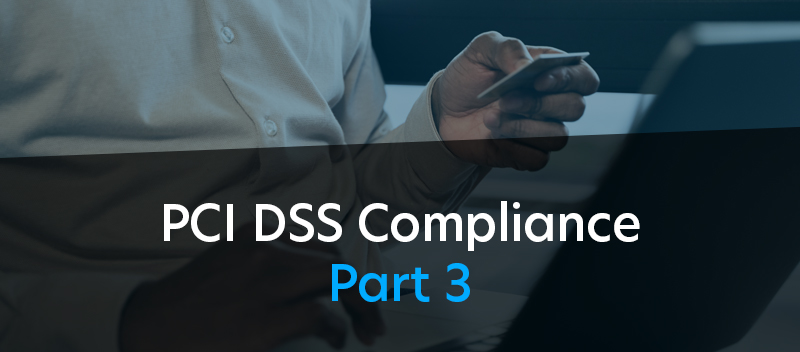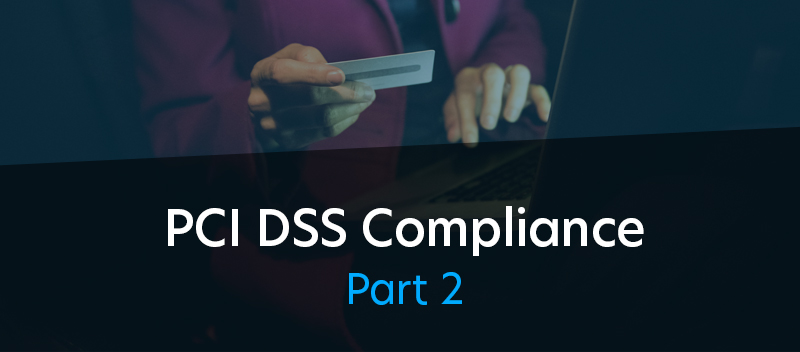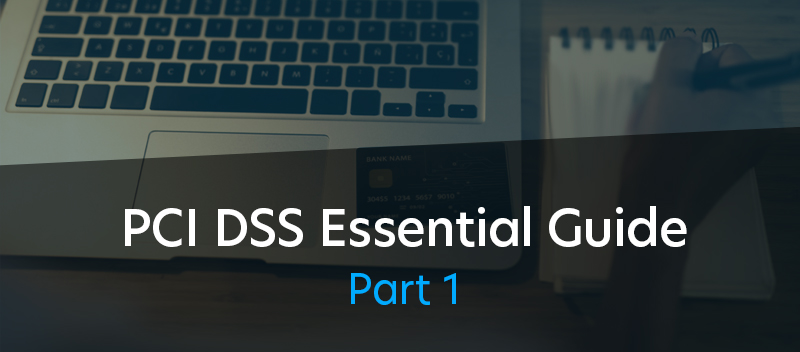Blog Continuous 360° Cyber Risk and Compliance Assessment: Why You Need It
Continuous 360° Cyber Risk and Compliance Assessment: Why You Need It

Cybercrime will cost organizations around US$13.82 trillion by 2028. That staggering amount reflects the non-stop attempts of threat actors to target every element in your information system – from servers and applications to third-party vendors and human staff. These threats will come from all over the place: from inside and outside your network, lurking somewhere in the dark web or probing your cloud for weak spots to exploit.
Organizations experience an average of 1258 cyberattacks per week, a fraction of which do manage to breach defenses, access sensitive data, or compromise critical systems. Given the relentless assault on digital infrastructures, lowering your guard even for a moment can spell disaster for your company that it might never recover from.
That is why continuous 360° assessment of cyber risk and compliance has ceased to be just an option typically implemented by large enterprises. Sustained overwatch visibility that spans across every system component and network node has become a crucial item in the security agenda of all modern businesses regardless of size and industry.
A continuous 360° perspective into the state of your security and compliance provides the insight you need to make smart decisions and to respond promptly and adequately to emerging risks and incoming threats in real time. The alternative is unacceptable. As cybercrime data affirms, the price of cluelessness and negligence can be swift and final.
This article outlines the scope, capabilities, and benefits of a Continuous 360° Assessment and how it can deliver valuable business outcomes for your company.
Understanding Cyber Risk and Compliance
Cyber risk refers to the likelihood of incurring damages and losses due to cyberattacks such as ransomware, denial-of-service, phishing, and data breaches. Compliance refers to the adherence of an organization’s policies and practices to applicable laws and standards such as regulations on data protection and consumer privacy.
Mitigating cyber risk helps organizations protect their assets, reputation, and customers from potential threats. Managing compliance helps companies avoid regulatory penalties and legal sanctions. Both help establish best practices, drive continuous improvement, and build trust with stakeholders.
Cyber risk and compliance constantly evolve with the threat landscape and regulatory environment. The adoption of innovative technologies and business practices also introduces new risks, vulnerabilities, and attack vectors that can be exploited by cyber criminals. Hence, a traditional one-time risk assessment that only evaluates an organization’s point-in-time security and compliance posture has long been inadequate.
Today’s businesses need a more dynamic and comprehensive approach. One that continually evaluates their cyber risk and compliance to proactively generate complete and accurate insight for risk mitigation, incident response, and strategic decision making.
What is Continuous 360° Assessment?
Information systems face internal and external risks, no matter the size or the environment. These risks must be mitigated, but knowing where to focus can be a challenge.
Fortunately, there is a way to engage multiple areas of risk at the same time. A continuous 360° assessment is a proactive method of evaluating and improving the cyber risk and compliance posture of an organization from multiple perspectives and sources. This approach provides a holistic view of the strengths and weaknesses of a company’s security measures, as well as the alignment of its policies and practices with relevant standards and regulations.
A continuous 360° assessment is a powerful resource for making smart strategic decisions and for detecting and resolving potential issues before they lead to serious security incidents or hefty regulatory fines. In today’s dynamic risk environment, a continuous and comprehensive assessment approach is crucial for preemptively identifying and addressing emerging threats, vulnerabilities, and gaps to safeguard all organizational assets (hardware, software, data, staff, and customers), enhance resilience, and build stakeholder trust.
Continuous 360° Assessment Benefits
Continuous 360° assessment provides the following advantages:
- Enhance Visibility and Real-time Risk Awareness: By collecting and analyzing data from various sources such as network devices, applications, and threat intelligence libraries, organizations gain a better understanding of their risk exposure and identify any gaps in their security controls. This allows for better informed decision-making, more efficient resource allocation, and proper prioritization of critical risks.
- Improved Incident Response: Continuous monitoring and evaluation enable companies to detect and respond to cyber threats more effectively, minimizing the potential impact of security incidents.
- Enhanced Compliance: Ongoing assessment and improvement efforts help organizations maintain compliance with relevant laws, regulations, and industry standards, such as SOC 2, ISO 27001, PCI DSS, HIPAA, and GDPR. A continuous assessment approach reduces the likelihood of regulatory violations and reputational damage.
Components of a Continuous 360° Assessment
Reliable assessments should validate the three pillars of information security: Confidentiality, Integrity, and Availability across all aspects of the organization’s IT infrastructure. As such, the key components of a continuous 360° assessment include:
- Asset Identification — Involves defining business goals and prioritizing the assets (hardware, software, data, and people) that support those goals.
- Threat Analysis — Involves identifying potential threats such as phishing, malware, and denial of service. Leverages crowd-sourced threat intelligence to analyze probability and impact.
- Vulnerability Scanning — Involves probing the company’s information systems to detect gaps and weaknesses.
- Risk Assessment and Remediation — Involves a thorough risk analysis and the development of a remediation plan.
- Monitoring and Reporting — Involves year-round monitoring and continuous tracking of the effectiveness of security and compliance measures. Regularly provides reports and recommendations for further analysis and continuous improvement.
- Challenges and Considerations
As established, a continuous 360° assessment approach provides many advantages. However, it also has challenges and limitations, including:
- Resource requirements. Continuous assessment entails dedicated personnel, tools, and technologies, which may be difficult for smaller organizations to allocate. Partnering with an experienced provider such as TrustNet will significantly lighten this resource burden. Noted for developing enterprise-grade security and compliance solutions at accessible price points, TrustNet has been serving hundreds of satisfied clients for nearly two decades.
- Data privacy and security. Companies must ensure that the confidentiality, integrity, and availability of their data should be upheld at any point in the ongoing assessment process. Using well-designed, compliance-driven services such as the iTrust Third-Party Risk Rating Platform will ensure full adherence to applicable regulations and industry standards.
- Cultural inertia. A shift to a continuous assessment framework may require significant change in your organizational culture. Communicating the framework’s purpose and benefits and providing regular people training will help drive staff buy-in and strengthen corporate resilience.
Conclusion
Continuous 360° Assessment is the most comprehensive and cost-effective approach to mitigating all types of cyber risks and ensuring sustained regulatory compliance. By integrating all relevant assessment, compliance mapping, incident response, and remediation services in one platform, the continuous 360° Assessment method provides organizations with enhanced visibility into their risk exposures, enabling them to proactively safeguard their assets, customers, and reputation — 24/7/365.
A momentary lapse is all it takes for criminal hackers to exploit a weakness and compromise your company.
How you approach risk demonstrates how much you value your business.




